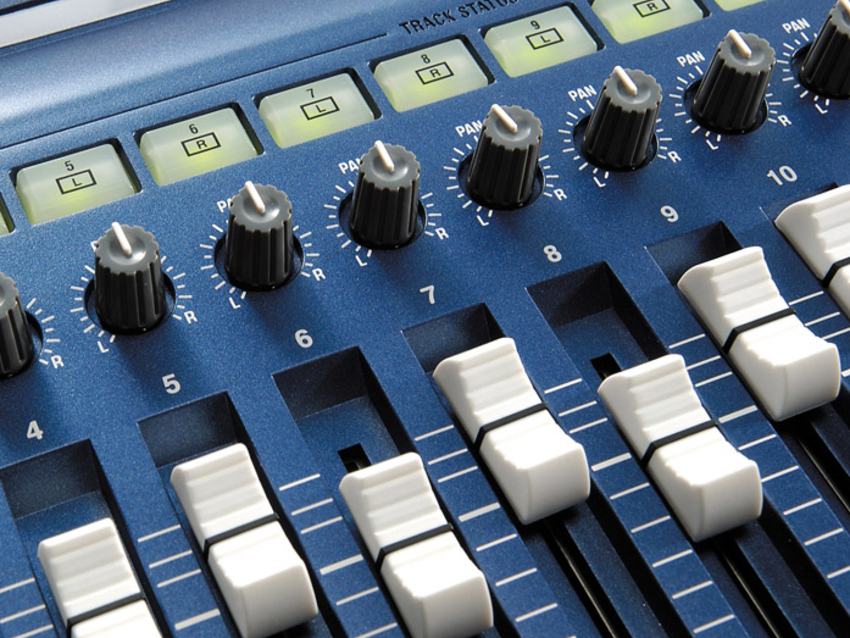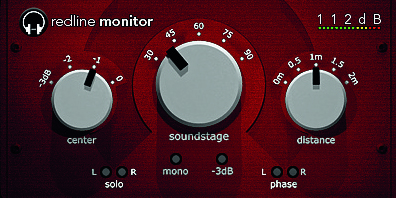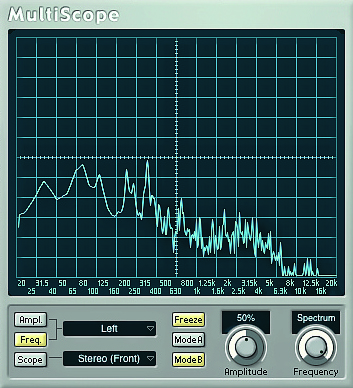14 ways to freshen up your mixes

Learning to mix properly isn't easy. In fact, it's a skill that can take years to master, and you'll probably find that the best way to improve is simply to keep doing it.
If you've spent an age tweaking a track only to find that it still doesn't sound quite 'right', though, we've got 14 things you can try.
For a comprehensive guide to producing polished, professional tracks on your Mac or PC, check out Computer Music Special 39, Fix Your Mix, which is on sale now.
1. Change the level
One of the simplest ways to gain better perspective is to monitor at different levels. You'll find this works best if you stay at one level for a spell (say 20 minutes), then shift. As ever, extremes (loud and quiet) can be fun, but will likely yield less useful results.
2. Compare and contrast
To really crack the sound of a specific genre, you need to compare your track to similar commercially available music. Often the simplest way to do this is to actually load a few examples into your session - but remember, you need to match the levels for reliable comparison.

3. Try headphones
To mix solely on headphones isn't recommended. As an alternative they can certainly help identify detail, however, and to stay in line with the iPod generation, at least one listen-through is worthwhile. If headphones are your only option, plug-ins such as Redline Monitor from 112dB can be enormously helpful.
4. Listen on computer speakers
Although a good set of monitors is vital for producing reliable mixes, cheaper speakers give you an additional perspective. In the interests of simplicity and cost, try an affordable set of self-powered computer speakers. These will give you a perfect idea of how your mix is going to sound to internet music buyers.
Get the MusicRadar Newsletter
Want all the hottest music and gear news, reviews, deals, features and more, direct to your inbox? Sign up here.
5. Move around
When you're working up close to your monitors, it's easy to get so focused that you lose track of the whole. For a different perspective, stand in a different part of the room or even just outside the door. Try mentally combining the impression you get up close and from further away to help with mixing decisions.
6. Carry out spot checks
If you're working on a long track, it can be hard to achieve consistency from beginning to end. One useful trick is to spot-check short sections of the track. Work your way through listening to five-second segments, concentrating on the levels of the lead instruments. This will give you an overview of mix consistency.
7. Go mono
Although we mix in stereo, music often gets reproduced in mono, so it's important that your track works in this form. Throughout the mix process it's worth periodically switching over to mono. Listen out for any big differences in individual levels. If these exist, consider reducing the stereo spread of problem sounds.
8. Test limiting
Like it or not, pretty much all music now gets heavily maximised as part of the mastering process. To get an idea of how this will affect your mix, try temporarily using a mastering limiter across your mix output. If you can't get your mix as loud as the competition, focus on the bottom end.
9. Phase check
If you're planning on cutting your track to vinyl, it's useful to consider the track's overall phase consistency. Typically, sudden switches in phase, particularly at low frequencies, can cause problems for the cutting needle. Seek out a decent plug-in meter like the freebie Stereo Tool from Flux.
10. Meters
Your meters provide assistance to your ears. Most DAWs tend to have peak meters. If these are slamming zero and your mix sounds lifeless, try turning all faders down. Also consider using an RMS or VU-style meter on your main output to provide some additional perspective.
11. Consider sub-bass
Low frequencies can be the hardest to judge on small monitors, so if you have the chance to listen to your mix elsewhere, such as a car stereo or traditional hi-fi, take some time to compare the low-frequency balance to that of similar commercial mixes.

12. Spectrum analyse
Most monitoring systems are compromised in some way, but you can always get a reliable dynamic representation of frequency content using a spectrum analyser. Often these include a hold or freeze function so that you capture a specific section. Try seeing how your track stands up against a comparable commercial mix.
13. Take a break
Listening intently is part of mixing, but you can easily get used to things that aren't quite right. What's more, long listening spells can be tiring or even damaging to your hearing. Don't be afraid to take a break, rest your ears and come back refreshed.
14. The car stereo test
You can listen to your mix on various alternative systems, but one of the most humbling has got to be the car stereo. The ambient noise produced in a car results in people tweaking their stereos, often heavily boosting the top and bottom. If either extreme is problematic in your mix, the car stereo test will highlight it.
Liked this? Then try:
21 pro mixing and processing tips
26 seriously useful Reason mixing tips
Sign up for our free weekly newsletter
The free MusicRadar newsletter serves up the week's biggest artist and product news stories alongside exclusive tuition and gear reviews. Sign up here!
Follow MusicRadar on Twitter
Get instant updates and bonus content plus chat with the team. Start here!









